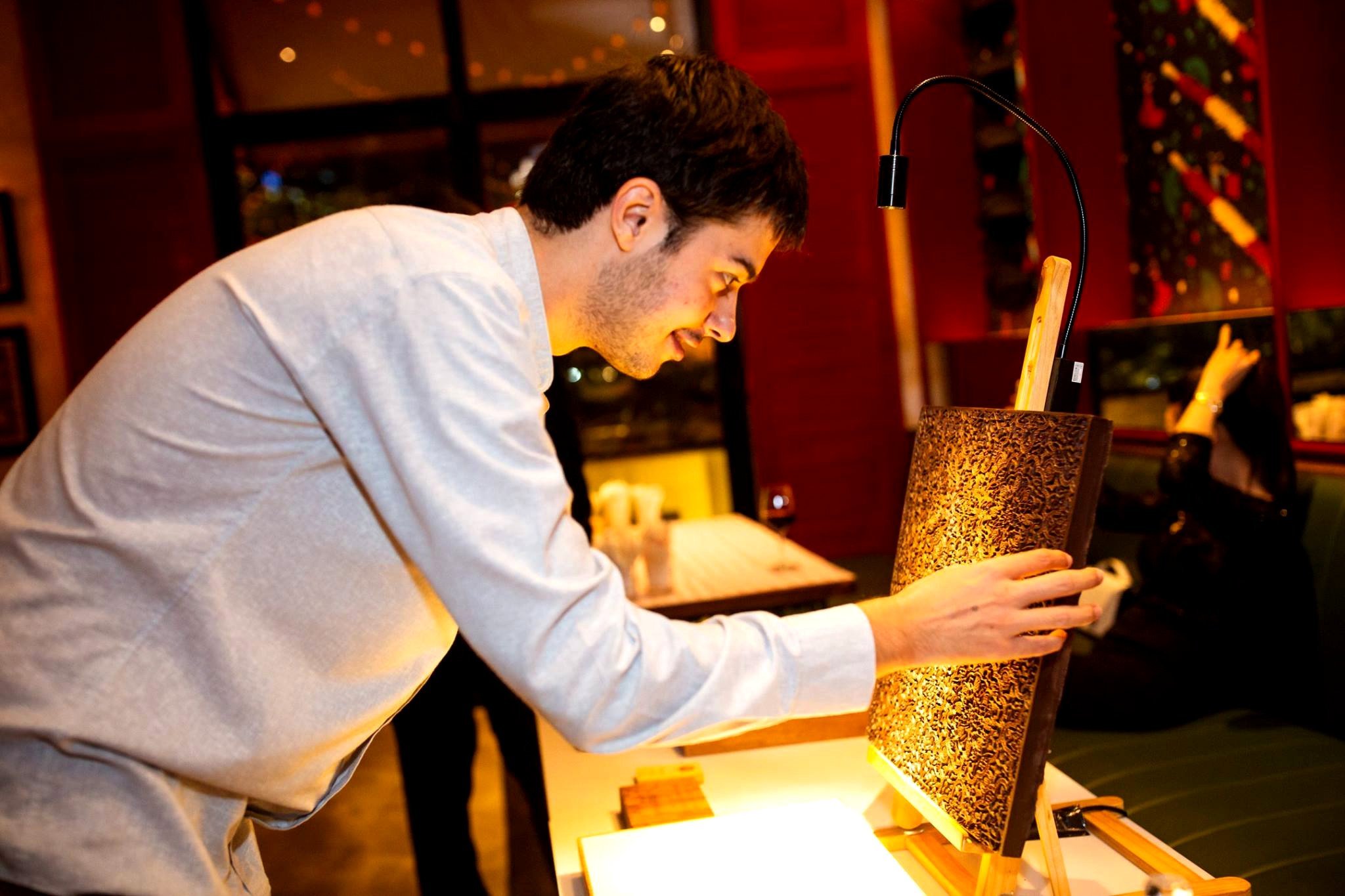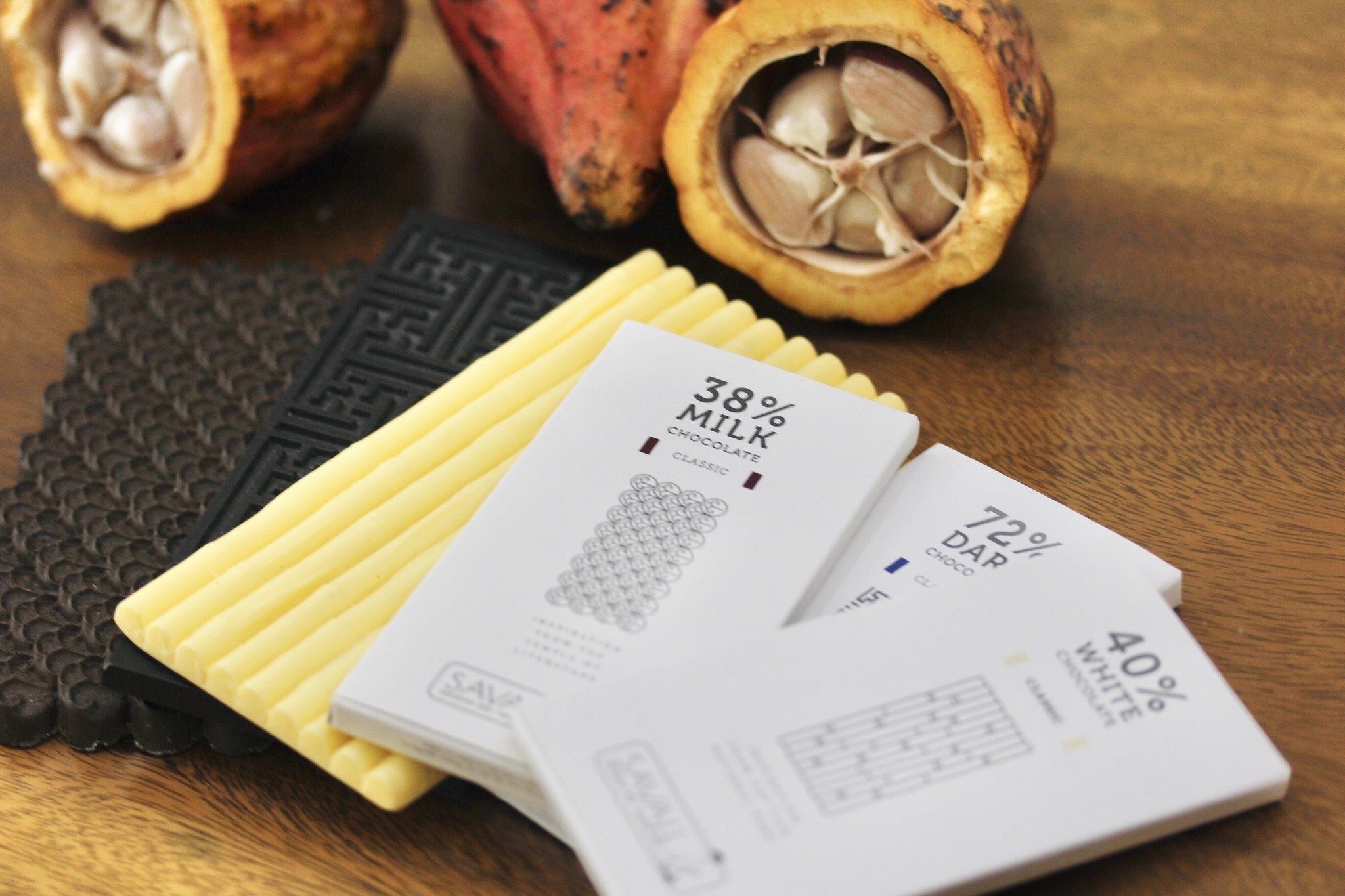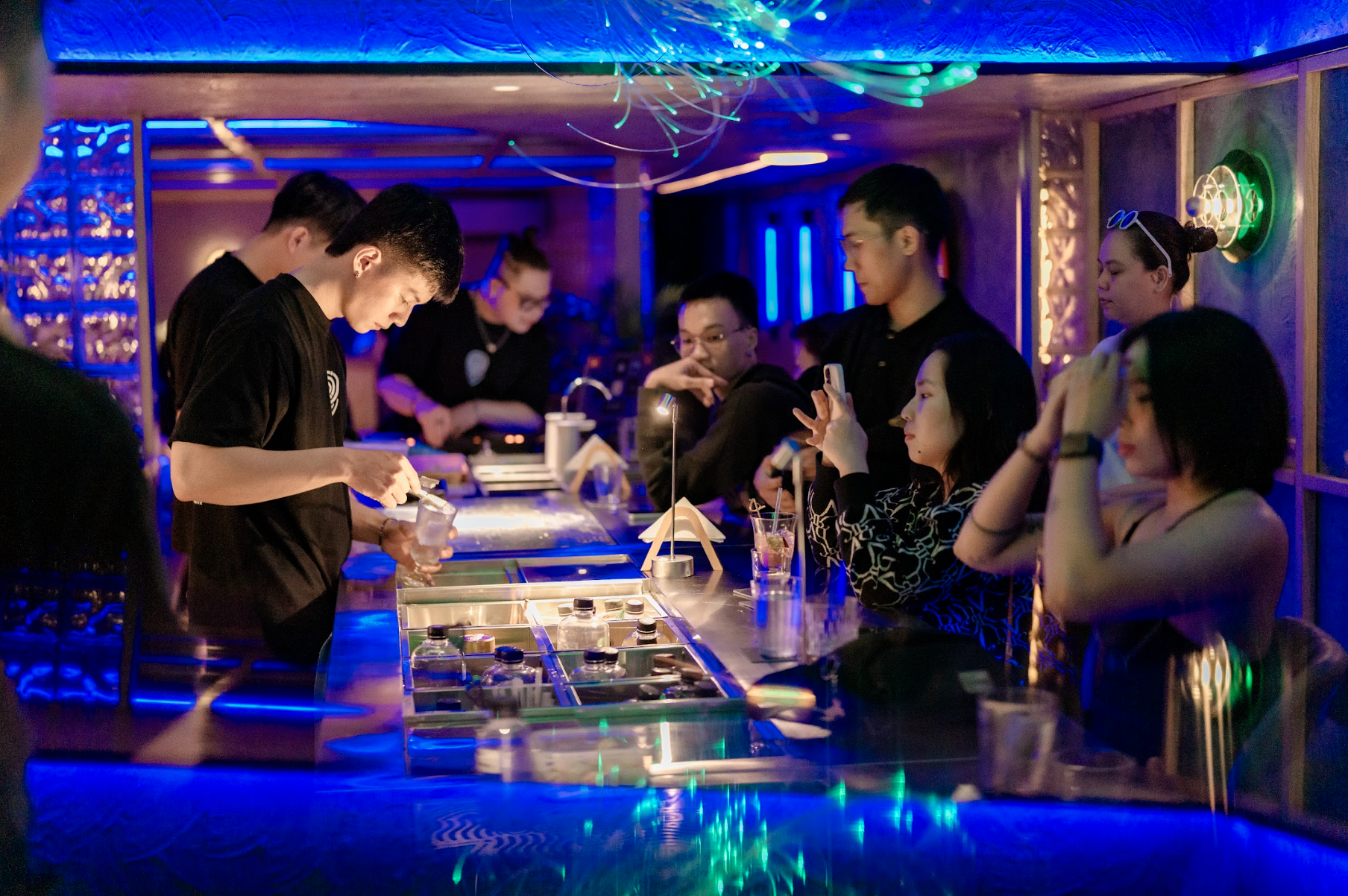Víctor Ceano Savall: Bringing 120-year-old chocolate traditions from Barcelona to Vietnam
Get to know Chef Víctor Ceano Savall
Víctor Ceano Savall is a Chocolatier and art and technology enthusiast based in Da Nang, Vietnam. Following in the footsteps of his family’s century-long chocolate-making tradition since 1892 in Barcelona, Victor is now bringing his love for artisanal chocolate to Vietnam.
Growing up in his grandfather’s chocolate shop, Victor had the luxury of being surrounded by the most exquisite pastries and chocolates. Soon after, he took to the culinary stage and started making chocolates and pastries, which he sold to high-end restaurants in Barcelona and its coterie of who’s whos. At this time, he was working out of different restaurants in the city before moving to Hoi An and making his mark in 2013.
No, Victor’s move to Hoi An is not an abrupt one. In fact, Victor and his family have been visiting Hoi An every summer since he was just seven years old. Naturally, over the years, he grew roots and formed long-lasting relationships with the product and people of the country most notably Chef Duc Tran who treated Victor as his own family and ultimately presented him with an opportunity to be a pastry chef with the famous Mango Group.
After his stint at Mango Group, Victor worked as a Pastry Chef at The Nam Hai Hoi An, where he discovered the world of luxury hospitality. It was here that he witnessed the huge potential for luxury high-end products in Da Nang. This led him to create SAVALL Chocolate with his father - an IT engineer - who supports him on the technical front. Since then, they have created an assortment of chocolates and candies that use local Vietnamese ingredients and have been well-received by many Vietnam sybarites.
Source: SAVALL Chocolate
15 Questions with Chef Víctor Ceano Savall
1. What was the inspiration behind SAVALL Chocolate and how has the reception been since 2016?
My inspiration is my grandfather’s legacy that he left behind as well as the age-old chocolate and candy recipes and traditions that were imparted to me.
2. What attracted you to Vietnam to start a chocolate business?
I’ve been visiting Vietnam ever since I was just seven years old! I fell in love with the flavours and ingredients from a very young age and of course, coupled with the fact that Vietnam produces some of the best cocoa in the world - it seemed like a no-brainer! Plus, in Vietnam with its access to raw materials and production facilities, we get to design and create many things from scratch including our furniture and even our machinery.
Source: SAVALL Chocolate
3. Why did you want to bring this spirit of experimentation to Vietnam?
On one hand, innovation is necessary often due to a lack of resources - packaging, ingredients and even machinery. While on another, experimentation is the result of opportunities (access to resources and ingredients, lower costs of experimentation etc.) that are unique to Vietnam while in-keeping the methods and techniques imparted by my grandfather.
4. You’ve worked under many leading chefs. Who’s had the largest influence on you — and how so?
Chef Duc Tran has been a huge influence on me ever since I was a kid. He taught me how to use my imagination along with my craft as well as how to care for ingredients, equipment and resources. I think learning from both Chef Duc and my grandfather throughout my career has moulded a lot of who I am and what I do today, more than anyone else and I am grateful for that.
Mango and Chili Chocolate (Source: SAVALL Chocolate)
5. Since starting your business in 2016, what are some of your biggest takeaways and learning about running your business in Vietnam?
We started the company with a long-term perspective so we did everything meticulously and with detail: step-by-step, mindful and careful investments. We did this so as to make sure we did not steer away from our main mission or lose focus on the quality of the chocolate. Throughout the last seven years, of course, we had many problems and starting a business is inherently difficult!
But, doing it in a foreign country is interesting and fun despite being challenging. The biggest takeaway from all of this for me is that relationships with our partners and customers are key. It took us a lot of time and mistakes to learn. For example, I created a Mango and Chili chocolate that ended up being too spicy for most customers though people who love spice are big fans!
6. What does a typical day look like for you?
Have Bun Bo Hue and a coffee for breakfast in front of SAVALL. Check the emails and the work to do for the day, then design a 3D model for future chocolate before going to the chocolate room to make new recipes and check on production. After lunch, I like to go to the tech room upstairs to make our chocolate moulds before heading back to the kitchen to make chocolate.
Source: SAVALL Chocolate
7. Talk us through some of your most epic creations and the work involved in making them.
We created a chocolate piece for Bobby Berk - Netflix Star of the show Queer Eye - when he was staying at the Park Hyatt Saigon. It was an abstract recreation of the intro of his Netflix show where we layer chocolate and have them swivel around. We did everything from scratch from the design to the mould, templates and the chocolate itself. Some of my other favourites include the Alhambra chocolate wall, Hoi An Japanese Bridge and Qatar airways plane.
SAVALL’S best-selling Cashew Catanies (Source: SAVALL Chocolate)
8. Your favourite dessert spot in Vietnam and around the world?
In Vietnam, my favourite spot is a Che (sweet soup) vendor, especially one in Hue. Outside Vietnam, it would have to be my grandfather's house where we used to make (and eat) chocolate together as a family.
9. Best — and worst — thing anyone has said about your desserts?
Best: Our bestseller, the Cashew Catanies, people from around the world told me that when they close their eyes and eat it brings them back to their childhood.
Worst: A customer from a famous big hotel asked me why my chocolate was melting and told me that the chocolate was not good because it melts over 26°C
Source: SAVALL Chocolate
Diving into Vietnam’s love affair with chocolate
10. Can you share a little bit about Vietnamese cacao beans and the quality of chocolate that many people don’t know about?
Many people don’t know this but Vietnamese cacao is one of the best in the world. In the 1800s, the French planted the first cacao trees in Vietnam but the production did not satisfy the expectations and they lost interest in favour of more profitable crops. Cocoa trees were ignored and production stopped. It was not until the 2000s that interest in Vietnam as a source of cacao grew alongside a growing worldwide demand for chocolate around the world. During this time, large corporations such as MARS, Cargill and Puratos Chocolate ventured into Vietnam with some even setting up plantations. After 2010, smaller local artisanal and bean-to-bar players such as Marou Chocolate also entered the market.
Fast forward to 2023 and while Vietnam is still a tiny cacao producer compared to other giants in the region such as Indonesia, a bulk of its output is predominantly fine-flavour and artisanal making Vietnam an in-demand origin in the craft chocolate industry. No surprise here seeing Vietnamese chocolate is known for its rich chocolate flavour and citrusy notes giving the nation’s chocolate a unique and unparalleled flavour.
11. What are your favourite ingredients?
80% Dark chocolate as well as cashew nuts, cocoa butter, passion fruit, kumquat, macadamia and coffee liquor
Source: SAVALL Chocolate
12. How would you describe Vietnam’s relationship with chocolate?
Unsurprisingly, chocolate is not as popular in Vietnam as it is in Europe, USA or Japan. However, like wine, it is becoming increasingly popular though it is still not consumed as an everyday product at home. In supermarkets in Vietnam, you get some of the best chocolates in the world but also many fake chocolates made from palm oil.
As a result of high exposure and greater accessibility of ‘fake’ chocolate since young, many Vietnamese do not think highly of chocolate and hence don’t have a good relationship with it. But after trying our chocolate bonbons, they are quick to change their minds! I’m also really surprised by how many Vietnamese (even kids) are fast-becoming fans of dark chocolate.
13. What did you wish you had known when you started SAVALL chocolate that could have saved you a lot of time/energy or money?
I wish I understood and clearly identified my target audience more at the beginning as well as what products work and do not work for the market. It was very frustrating to receive irrelevant feedback from customers who weren’t our ideal customers or try to fit in a market that isn’t well-suited for our product. We now know who our ideal customers are and what they value and don’t but it took a long time!
Source: SAVALL Chocolate
14. Vietnam’s dessert and the chocolate scene has come a long way. Any key observations about the scene over the last decade?
In general, I feel Vietnam’s chocolate scene is still missing a brand that has roots in local chocolate traditions. At the moment, many that I see still use French pastry and dessert techniques and inspiration. But, the freshness and textures that you can find in the Vietnamese desserts and fruit salads are unique and just right for the weather and the environment! Since I started working with Duc Tran, we’ve started using a lot more local Vietnamese ingredients.
15. Any exciting plans for 2023 - new products or opening perhaps in Saigon?
We are opening more markets in Japan which we’ve been exporting to since 2020. We’re also focusing this year on new lines of products as well as expand into more markets such as Singapore, Thailand and India.






















Like what you read?
Discover Vietnam’s coming-of-age food and drink scene with one of our tours and experiences exclusively available at Saigon Social